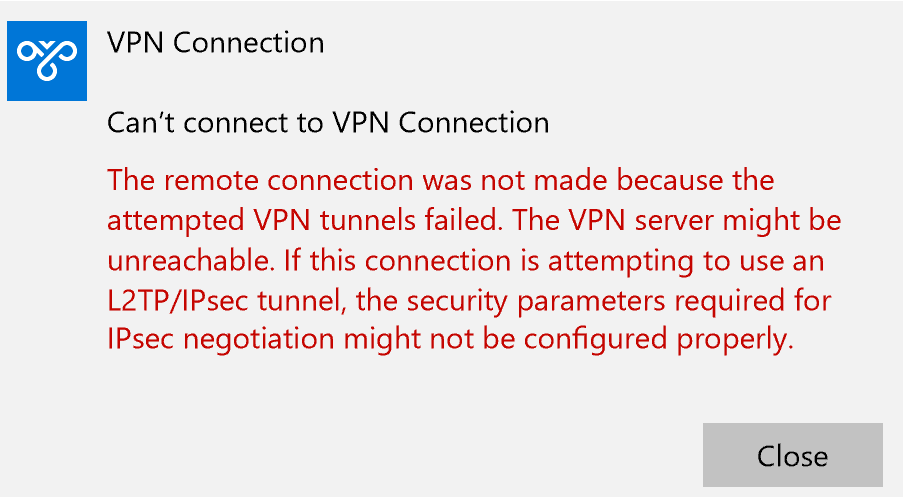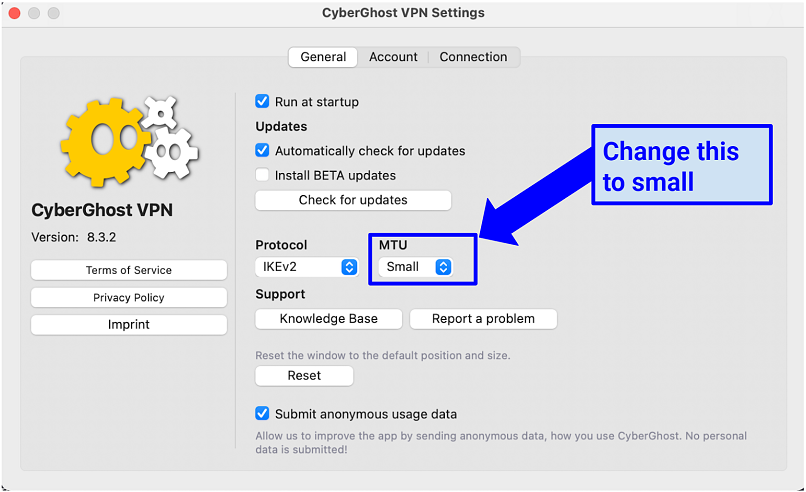Featured
Table of Contents
Troubleshoot Mobile Vpn With Ssl

The Routing and Remote Access snap-in lives within the Microsoft Management Console, called the MMC. There are multiple methods to access the MMC. You can choose the console from the Start menu's Programs choices, within the Administrative Tools folder within Windows server's Control board or by typing mmc at a command prompt.
As Tech, Republic's Brandon Vigliarolo demonstrates within his video at the start of this short article, the Providers console displays the status of the Routing and Remote Gain access to entry. From within the Services console and with the Routing and Remote Access entry highlighted, you can click Start the Service or right-click the entry and select Restart.
Often the VPN client and VPN server are set to using different authentication methods. Validate whether an authentication mistake is the problem by opening the server console. Another method of accessing the MMC is to type Control+R to open a command timely in which you can type mmc and struck Go into or click OK.
If the entry isn't present, click File, choose Add/Remove Snap-in, pick the Routing and Remote Access option from the options and click Include, then OK. With the Routing and Remote Access snap-in included, right-click on the VPN server and click Characteristics. Then, review the Security tab to verify the authentication approach.
Troubleshooting Ipsec
Make sure the VPN customer is set to the authentication technique defined within the Security tab. Usually the items simply reviewed are responsible for most VPN connection rejection mistakes.
Each Web-based VPN connection normally utilizes two different IP addresses for the VPN customer computer system. This is the IP address that's utilized to establish the preliminary TCP/IP connection to the VPN server over the Internet.

This IP address usually possesses the same subnet as the regional network and hence allows the client to communicate with the regional network. When you established the VPN server, you must configure a DHCP server to designate addresses to customers, or you can create a bank of IP addresses to assign to clients straight from the VPN server.


If this choice is picked and the efficient remote access policy is set to enable remote gain access to, the user will have the ability to connect to the VPN. I have actually been unable to re-create the situation personally, I have actually heard reports that a bug exists in older Windows servers that can trigger the connection to be accepted even if the reliable remote access policy is set to deny a user's connection.
Virtual Private Networks (Vpns) - Ncsc.gov.uk

Another common VPN issue is that a connection is effectively developed but the remote user is not able to access the network beyond the VPN server. Without a doubt, the most common cause of this problem is that permission hasn't been approved for the user to access the entire network. To enable a user to access the whole network, go to the Routing and Remote Gain access to console and right-click on the VPN server that's having the problem.
At the top of the IP tab is an Enable IP Routing check box. If this check box is made it possible for, VPN users will be able to access the rest of the network, assuming network firewall programs and security-as-a-service settings permit. If the checkbox is not chosen, these users will be able to access only the VPN server, however nothing beyond.
If a user is calling straight into the VPN server, it's normally best to set up a static route between the customer and the server. You can configure a static route by going to the Dial In tab of the user's residential or commercial properties sheet in Active Directory site Users and Computers and picking the Apply A Fixed Path check box.
Click the Add Path button and then go into the destination IP address and network mask in the area offered. The metric must be left at 1. If you're using a DHCP server to appoint IP addresses to customers, there are a couple of other problems that could cause users not to be able to go beyond the VPN server.
11 Vpn Troubleshooting Tips: Quick & Easy Fixes In 2023
If the DHCP server designates the user an IP address that is currently in use elsewhere on the network, Windows will discover the conflict and prevent the user from accessing the remainder of the network. Another common problem is the user not receiving an address at all. The majority of the time, if the DHCP server can't appoint the user an IP address, the connection won't make it this far.
If the client is appointed an address in a variety that's not present within the system's routing tables, the user will be not able to navigate the network beyond the VPN server. Guarantee the resources the user is attempting to gain access to are really on the network to which the user is linking.
A VPN connection to the other subnet might, in fact, be required. A firewall program or security as a service option could likewise be to blame, so do not forget to evaluate those solutions' settings, if such parts are present in between the VPN server and the resources the user looks for to reach.
The first possibility is that one or more of the routers involved is performing IP packet filtering. IP package filtering could prevent IP tunnel traffic. I recommend checking the client, the server and any devices in between for IP packet filters. You can do this by clicking the Advanced button on each maker's TCP/IP Properties sheet, choosing the Options tab from the Advanced TCP/IP Settings Properties sheet, choosing TCP/IP Filtering and clicking the Residences button.
Latest Posts
Why You Need A Vpn, And How To Choose The Right One
Beginner's Guide To Vpn - Everything You Need [5000+ ...
Best Vpns For Small Businesses (2023)